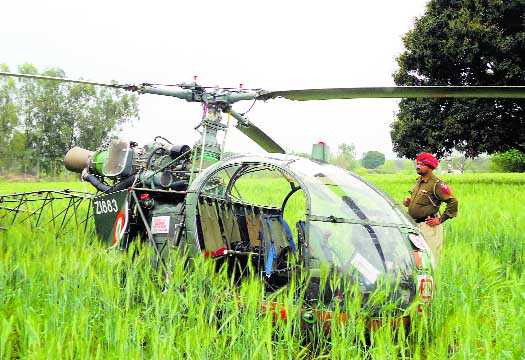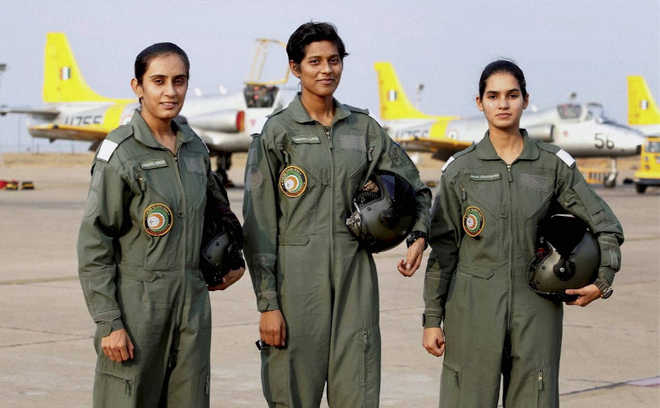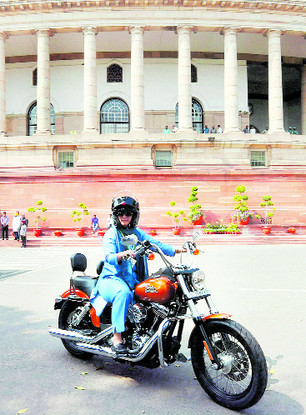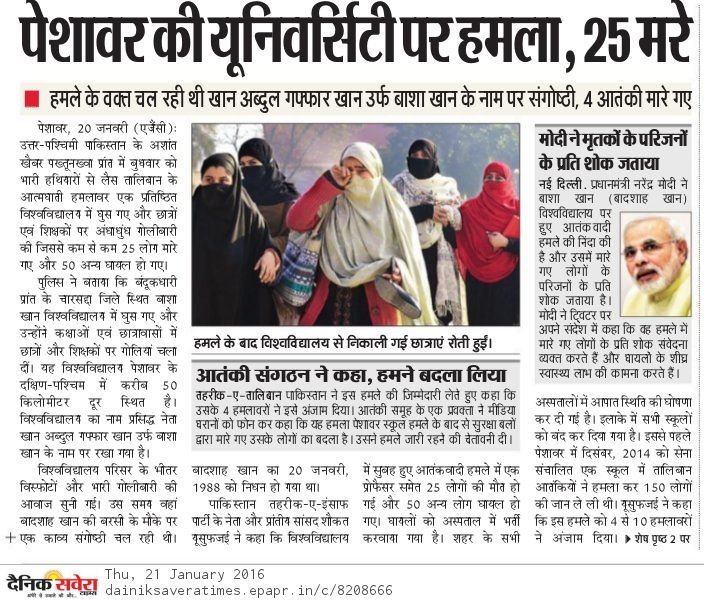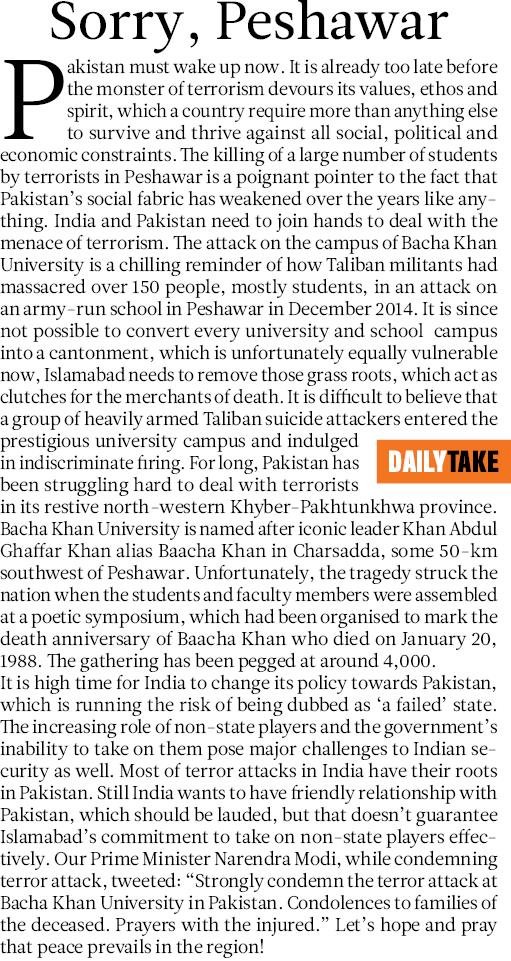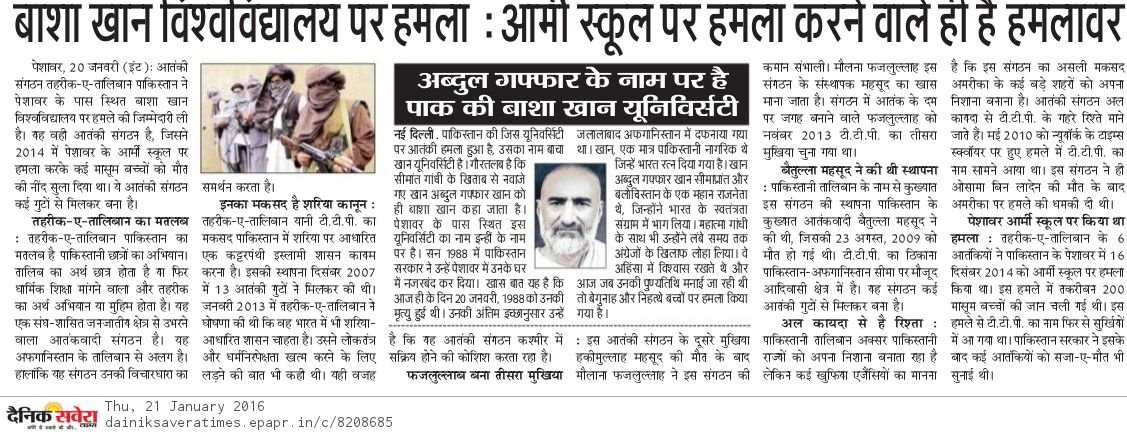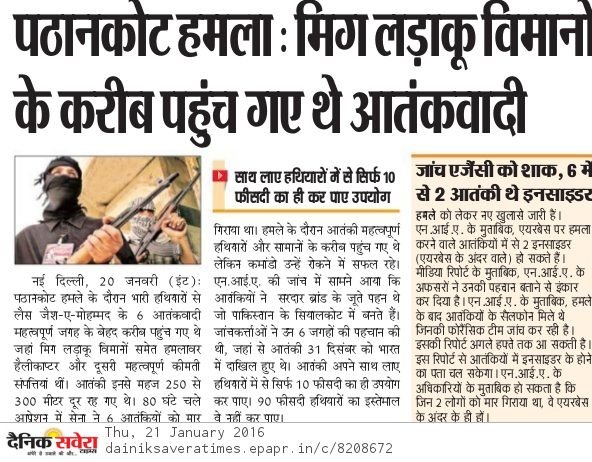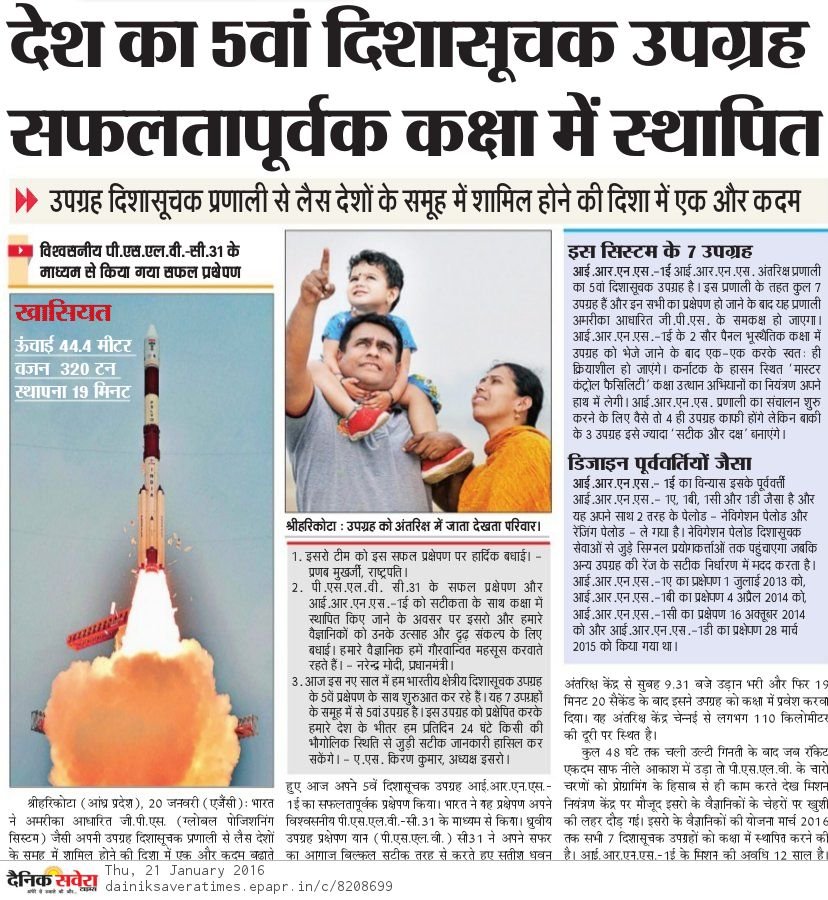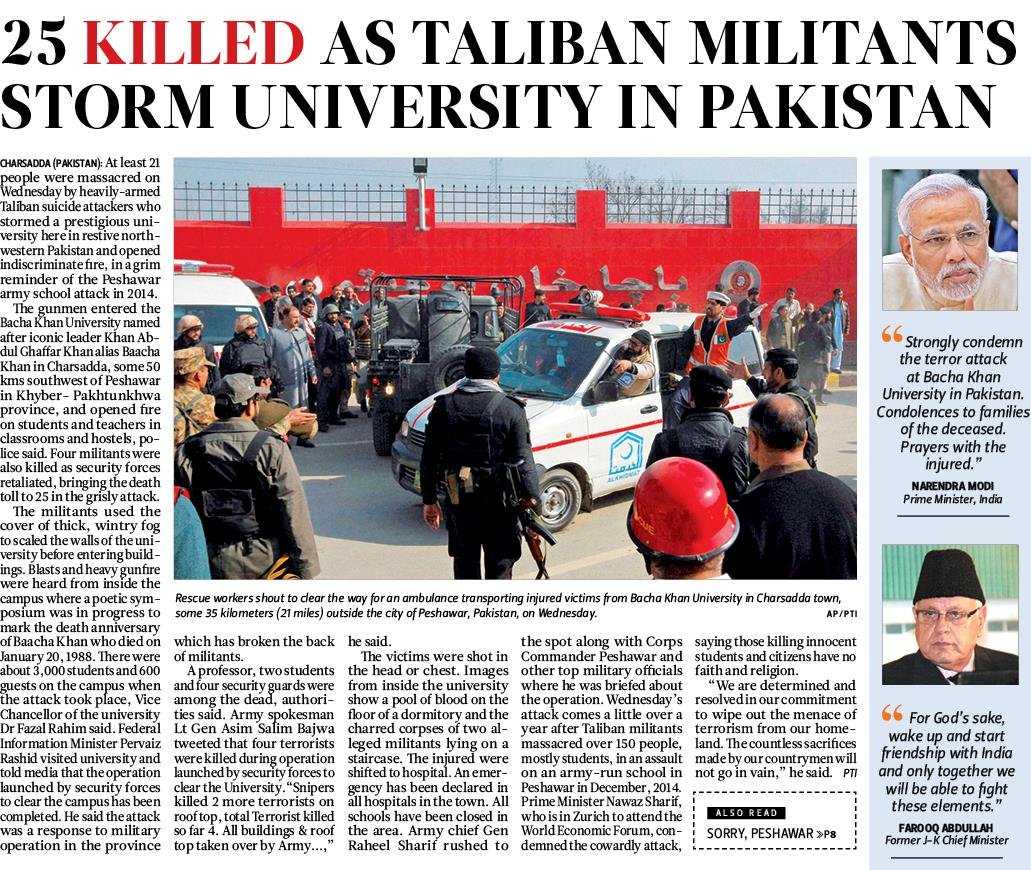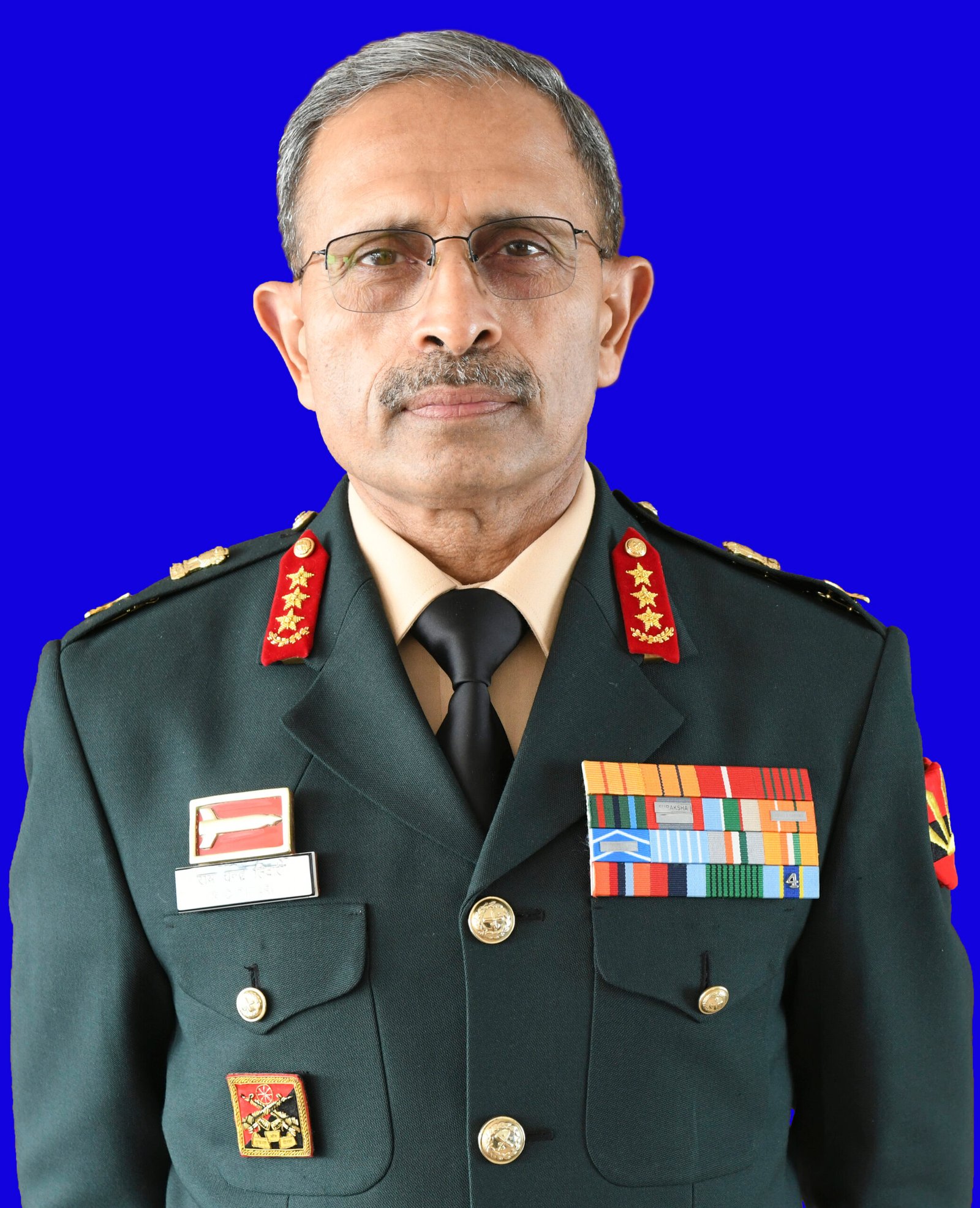
Workers & engineers from Mazagon Dock cheer during the floating out of the first project 75 (Scorpene) Submarine, in Mumbai. India’s the largest importer of weapons, despite large sums of money being allocated to defence. PTI
Over the last three decades, India’s defence budget has grown exponentially. The defence budget for 2016-17 has been pegged at a staggering Rs 3,40,921 crore, which includes Rs 82,332 crore for defence pensions. Considering the phenomenal amount of the defence budget, two questions arise: Are the armed forces better prepared to fight a war? Do we feel more secure as a nation?A simple yes or no answer would be too simplistic and reductionist. Yet a qualitative and quantitative analysis of events continues to point towards a situation almost as grim as that in 1991-92 when India’s defence was adversely impacted by two landmark developments — (i) a severe resource crunch that had forced the country into economic reforms and (ii) the breakup of the Soviet Union, which until then was India’s dominant if not sole supplier of defence equipment. Ironically today the situation is grim despite India having the money as well as alternative sources for defence equipment. After a freeze on the purchase of big-ticket items for much of the 1990s (the purchase of Sukhoi-30 fighter aircraft was the only exception), India embarked on a major purchasing spree which has earned it the dubious distinction of become the world’s largest importer of defence equipment. In the last decade-and-a-half, India has added two major capabilities unprecedented in the sub continent — fuel-refuelling aircraft (FRA), aimed at elongating the airborne endurance of the Indian Air Force’s (IAF) frontline fighter fleet and Airborne Warning and Control Systems (AWACS), that can detect the enemy aircraft at longer distances. India has also added big-ticket items such as the purchase of INS Vikramaditya (formerly Admiral Gorshkov), India’s largest-ever aircraft carrier and lease of INS Chakra, a nuclear-powered submarine, from Russia; purchase of the P-8I Poseidon maritime reconnaissance-cum-strike aircraft, C-130J Hercules and C-17 Globemaster transport aircraft from the United States; and a contract for purchase of six Scorpene conventional submarines from France to name a few.These “impressive” purchases have, however, been overshadowed by events that have been both embarrassing and humiliating for India and its security apparatus. The failure to detect a surreptitious invasion by the Pakistani Army along a 150-km stretch of the Line of Control in the high-altitude Kargil region of Ladakh which was evicted at considerable cost of human life and money after two months of fighting (May-June 1999); the release of three dreaded terrorists for hostages taken aboard a hijacked Indian Airlines aircraft that was flown at gun point from Kathmandu to Kandahar via Amritsar, Lahore and Dubai (December 1999); a futile and expensive 10-month Operation Parakram that involved the biggest mobilisation of troops since the 1971 India-Pakistan War, following the December 2001 terror attack on Parliament (December 2001-October 2002), the 26/11 terror attacks by 10 Pakistani terrorists that exposed India’s dismally poor coastal security (November 2008) not to forget the monotonous regularity with which Indian Army cantonments and posts have been attacked by terrorists in Jammu and Kashmir along with the attack on the Pathankot air base last January. Ironically, most of these incidents have occurred during the previous (1998-2004) and current BJP-led NDA regimes.And yet, successive reports prepared by the parliamentary Standing Committee on Defence and the Comptroller and Auditor-General (CAG) have pointed to glaring deficiencies in India’s defence preparedness. The IAF’s fighter fleet has fallen to a record low of 33 squadrons against an authorised strength of 42 squadrons. The Navy’s submarine fleet is down to just 13, with most submarines over two decades old. The Navy’s fleet, last authorised 52 years ago in 1964, comprises 140 vessels and 236 aircraft and helicopters, 72 vessels and 222 aircraft and helicopters short of the recommendations of the 15-year Maritime Capability Perspective Plan (MCPP) for 2012-2027. By then most vessels and aircraft, which are already ageing, would have been decommissioned. Time and cost overruns abound. For example, the indigenously produced aircraft carrier which was supposed to be ready for induction by December 2010 is now expected to be ready by December 2018 with the cost having escalated almost six times from Rs 3,216 crore to Rs 19,341 crore. Indigenous production of the three stealth Guided Missile Destroyers and four anti submarine warfare Corvettes is similarly behind schedule, with costs having escalated. It is the same story for a series of smaller vessels comprising Offshore Patrol Vessels, Fast Interceptor Crafts, Landing Craft Utility and Fast Attack Craft that have been commissioned for indigenous production.The Army’ Artillery has not added a single new howitzer gun for the last three decades and the Infantry is struggling with an indigenously made 5.56 mm rifle, whose deficiencies were exposed during the 1999 Kargil War just five years after it was first inducted in 1994. The Army is struggling to raise its first-ever Mountain Strike Corps, sanctioned in 2013, by drawing equipment from the highly classified War Wastage Reserve (WWR), which are reserves set apart for anticipated use of weapons and ammunition during a war. Worse, even the current WWR is less than 100 per cent in respect to several weapon systems and equipment. The Army’s critical shortages in artillery guns, Infantry weapons, Sights and Fire Control equipment, engineer equipment, air defence equipment, medium-range surface-to-air missiles, self-propelled guns and helicopters, to name a few, all due to inadequate production capacities of the 40 Ordnance factories and nine defence public sector units and procurement process delays in well documented. Interestingly, the shortages are not in big-ticket items alone. The Army, which is actively deployed in counter-insurgency operations in J&K and in high- altitude warfare, continues to be short of 2.30 lakh bullet-proof vests since 2009, hand-held thermal imagers with laser-range finder, night-vision devices and weapon sights and special clothing and mountaineering equipment, including 2,17,388 high ankle boots and 44,700 baklava caps to name a few. During both the previous and current NDA regimes, India’s defence budget has remained partly unspent with large sums of the capital budget earmarked for defence purchases being surrendered. For example, during the Vajpayee-led government in 2000-01, which is a year after the Kargil War, the Ministry of Defence (MoD) could spend only 84.69 per cent of the defence budget, followed by 85.6 per cent in 2002-03. During the current Modi Government, the MoD spent only 85 per cent of its defence budget in 2014-15, followed by 91.3 per cent in 2015-16. Translated into monetary terms, the MoD surrendered as much as Rs 11, 595 crore from the defence Capital budget in 2015-16 and Rs 7,874 crore in 2014-15. The irony is that despite large sums of money being allocated to defence and India maintaining its record of being the world’s largest importer of weapons, slippages in defence preparedness are steadily increasing. There are huge gaps in India’s defence and security. There have been suggestions to link the defence budget with about 3 to 3.5 per cent of the GDP. The question is: How much is enough for credible defence. There is no doubt that India’s defence budget needs to be more realistic. Else, allocating otherwise large sums of money does not make sense. The continuing gaps in preparation for all spectrums of warfare will not only appear to make defence expenditure less purposeful if not ‘wasteful’, but, more critically, will not make India any securer.
dkumar@tribunemail.com





















































